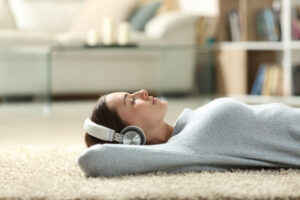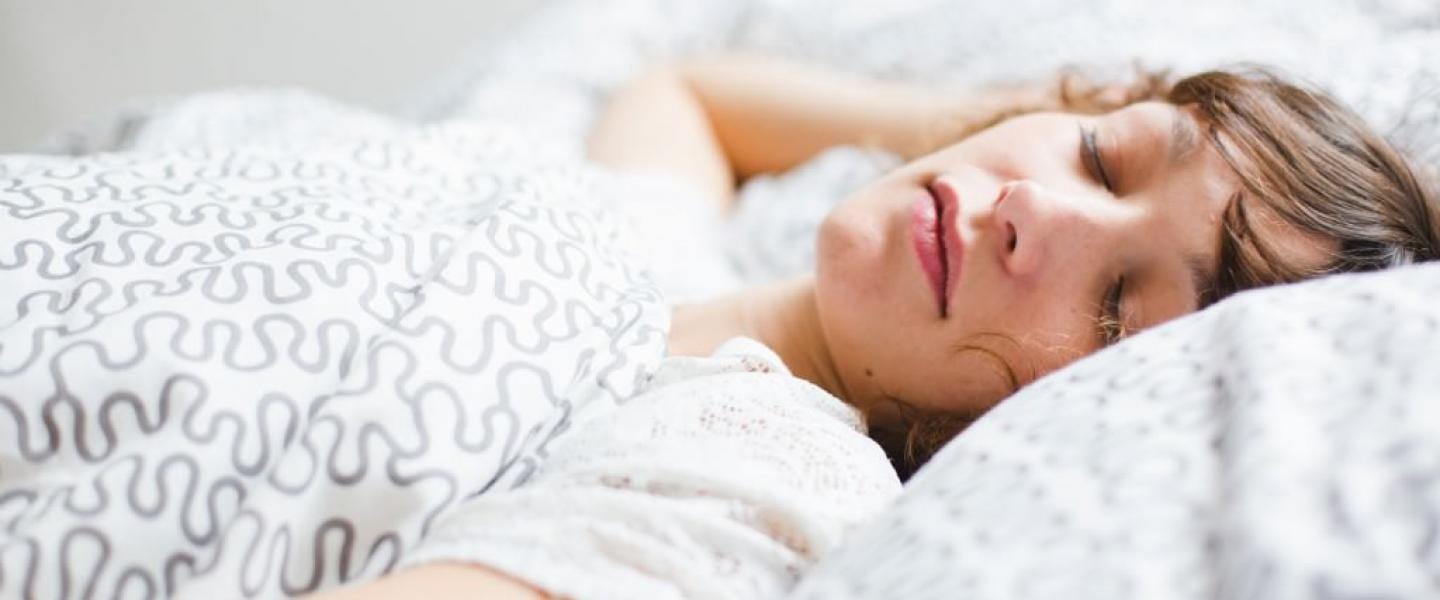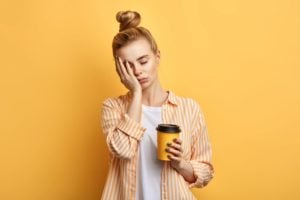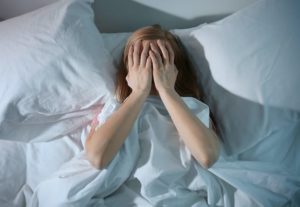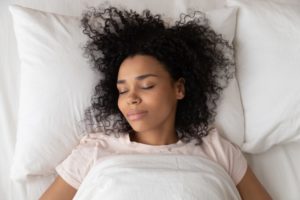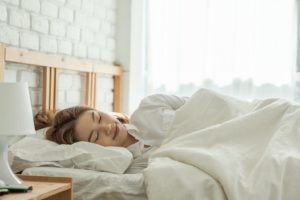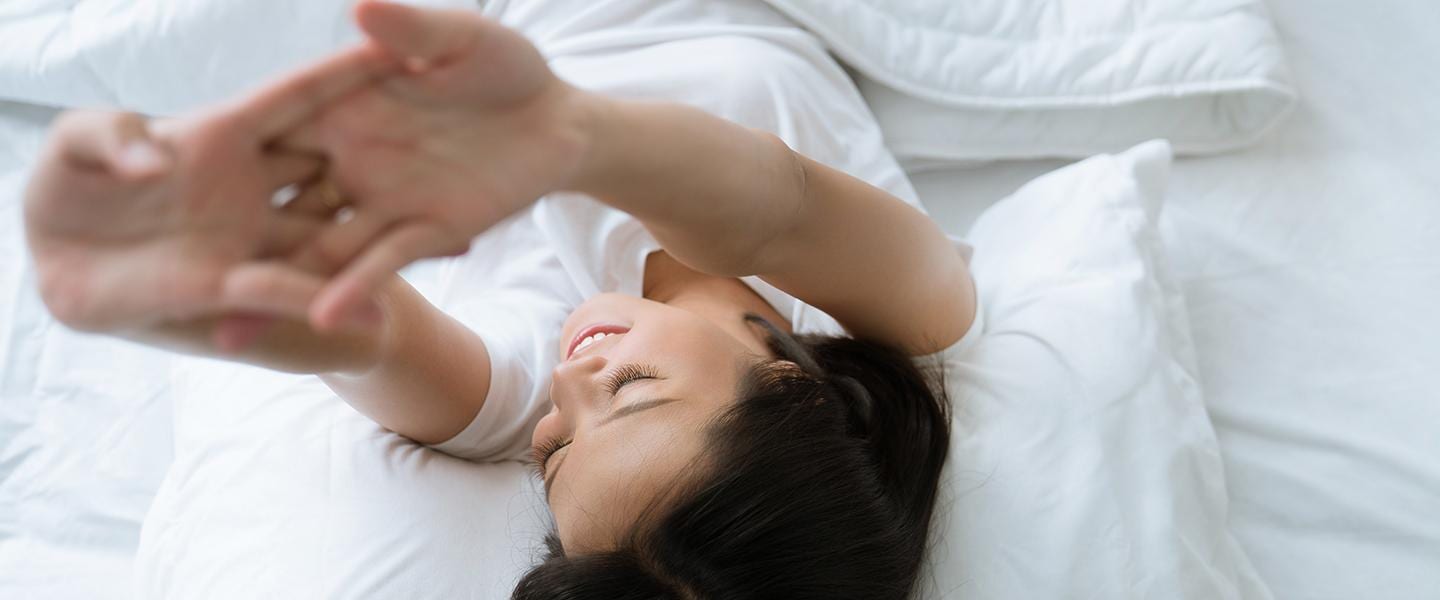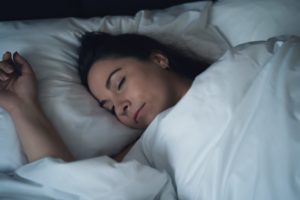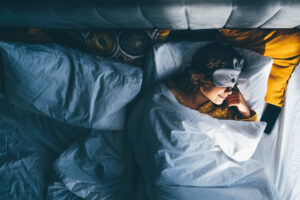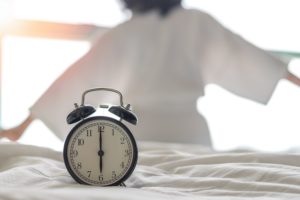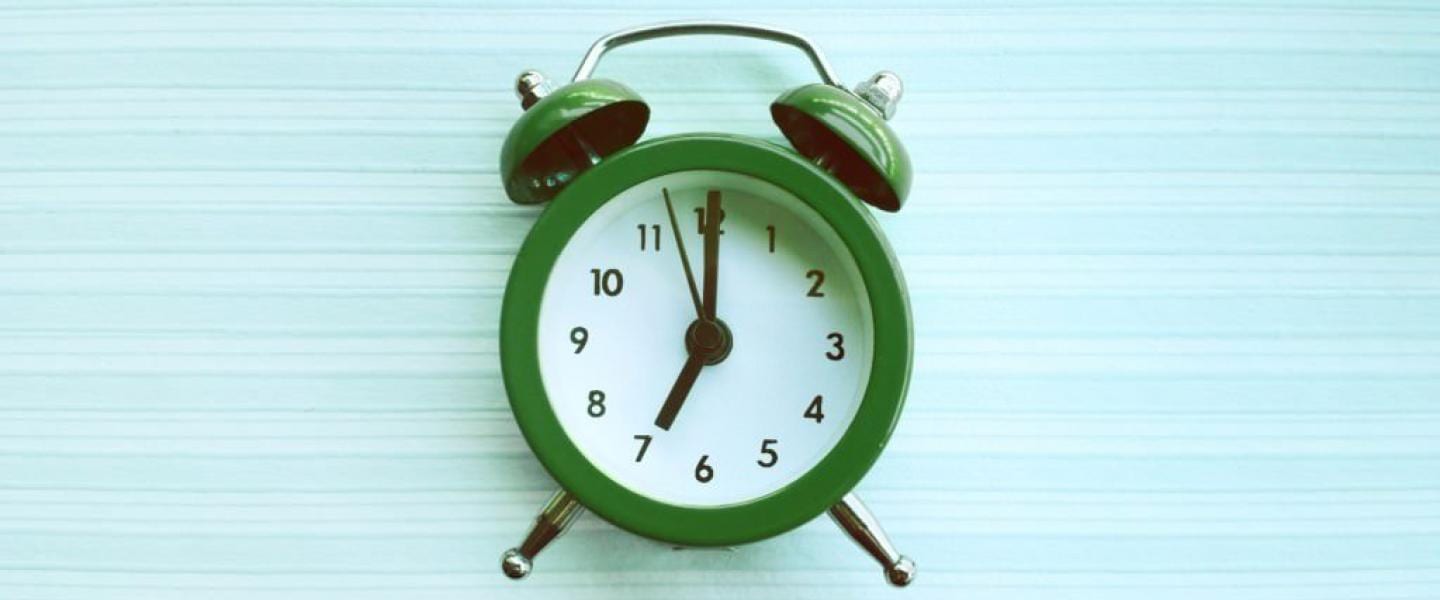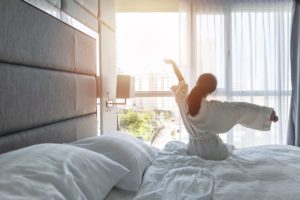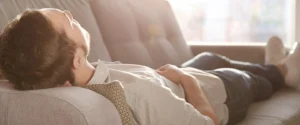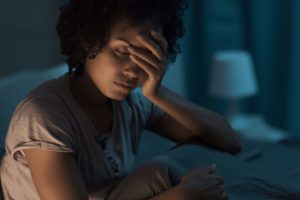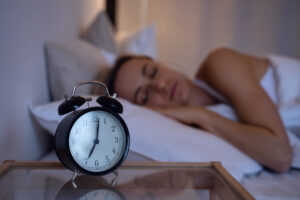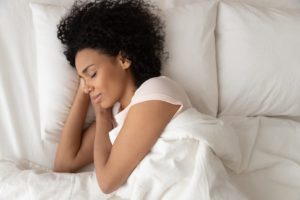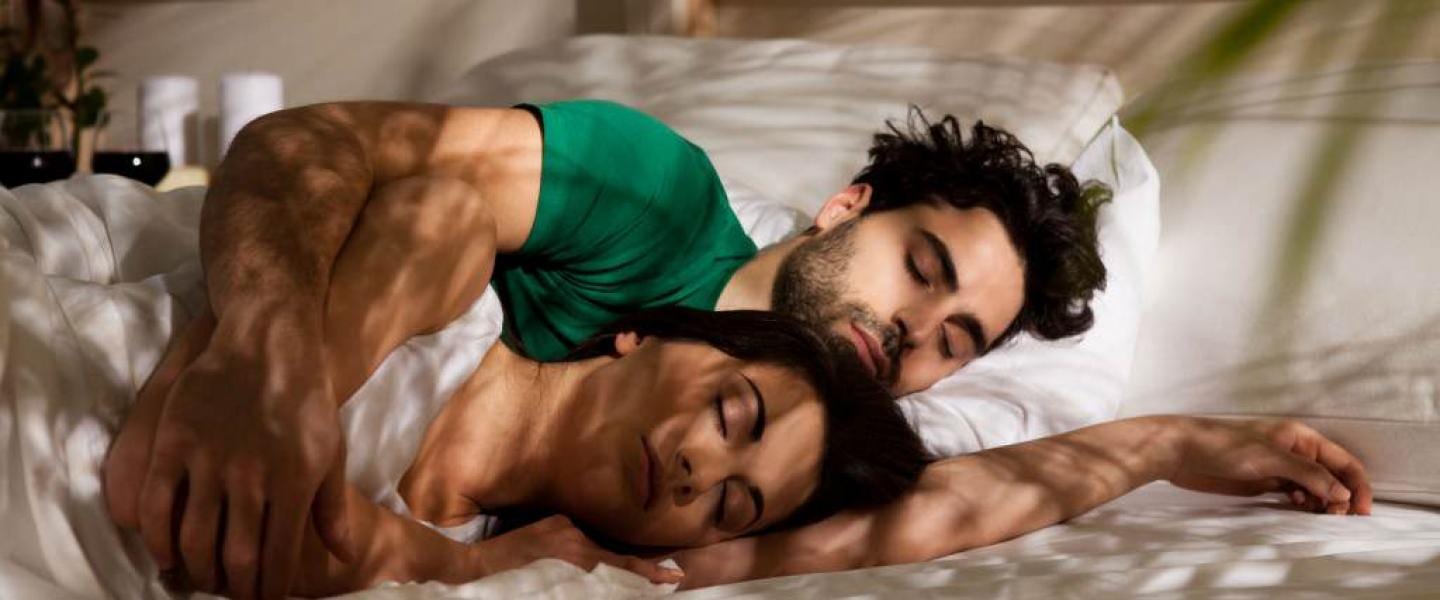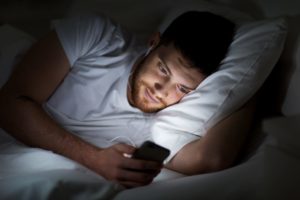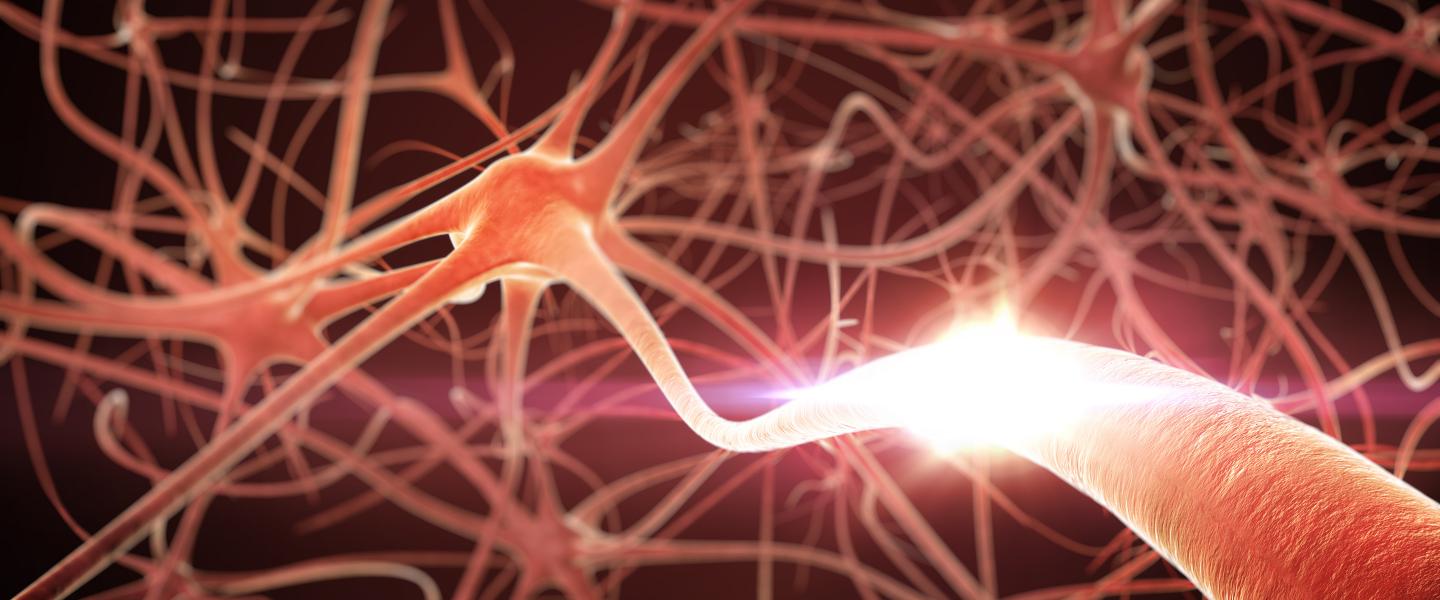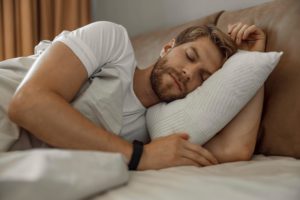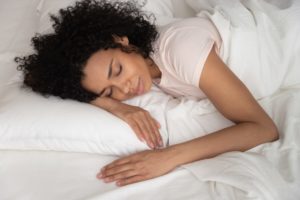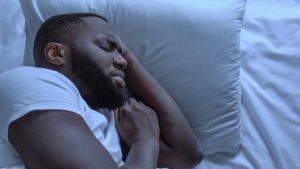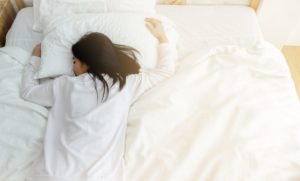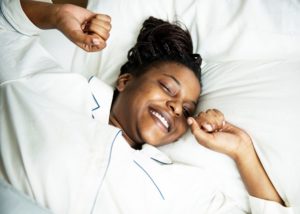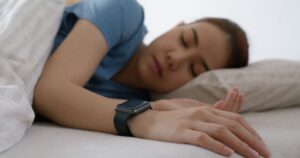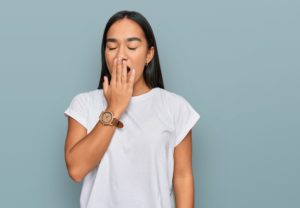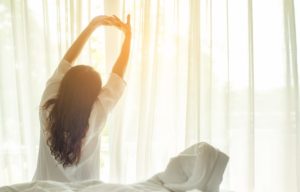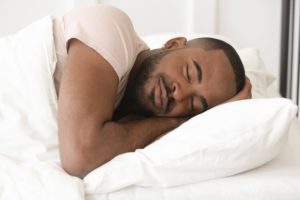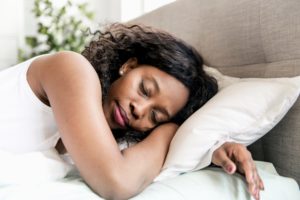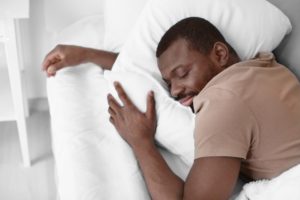How Is Sleep Different For Men and Women?
Everybody sleeps—and everyone depends on sleep to support health, healing, memory, and the ability to function well throughout the day. But sleep is complex, and there are many factors that affect how people sleep and how well they sleep, including sex and gender. Sex is determined by biological and physical differences that distinguish males and females. Gender, on the other hand, refers to a person’s identity as a woman or man and how they express that identity.
Do Women Need More Sleep Than Men?
The amount of sleep a person needs to wake up feeling refreshed varies from person to person. Experts recommend that adults get at least seven hours of sleep per night, though some individuals may need less, and others may need significantly more.
A person’s age and stage in life, their mental and physical health, and their day-to-day responsibilities all affect how much sleep they need. It is less clear whether a person’s sex directly influences the amount of sleep they need, but research shows that females tend to sleep slightly more than males at every life stage, about 11 minutes on average.
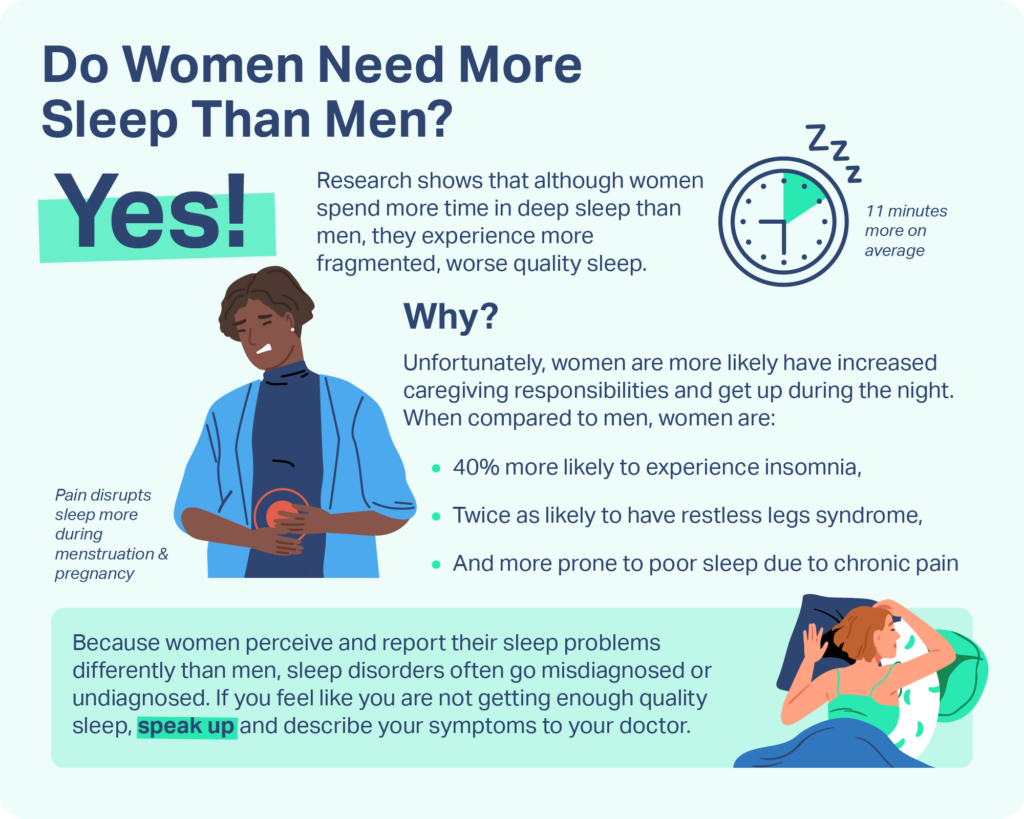
Why Is Sleep Different Between Men and Women?
While there don’t appear to be significant differences in the amount of sleep women and men need, research has found that sex and gender have notable influences on sleep processes, sleep difficulties, and sleep behaviors. Some of these differences are biological in nature, while others result from roles, expectations, and social norms associated with gender.
Sleep Cycles
Studies have shown that biological sex influences sleep architecture—that is, the way a person cycles through the four stages of sleep. The first three stages progress from light sleep to deep sleep. Dreaming typically occurs during the fourth stage, known as rapid eye movement (REM) sleep.
Healthy sleep involves cycling through all sleep stages several times a night, but research shows that males and females experience these cycles differently.
- Sleep latency: Males are generally able to fall asleep more quickly than females.
- Sleep stages 1 and 2: Males spend more time in the first two stages of sleep than females.
- Deep sleep: Females tend to get more deep sleep and to have longer stretches of deep sleep than males. As males age, they spend even less time in deep sleep.
- REM sleep: The duration of REM sleep tends to be longer in males. However, older females may get more REM sleep than older males .
Is Your Troubled Sleep a Health Risk?
A variety of issues can cause problems sleeping. Answer three questions to understand if it’s a concern you should worry about.
Circadian Rhythms
Circadian rhythms are natural patterns that occur in the body over the course of a 24-hour period. These rhythms, which govern the sleep-wake cycle, vary between males and females.
- Timing: Generally, females experience the urge to sleep earlier than males.
- Melatonin: Females tend to experience more robust influxes of the sleep hormone melatonin than males.
- Chronotype: Males are more likely to be “night owls” with a preference for staying up late than females.
Research indicates that sex-based differences in circadian rhythms make females more sensitive to the effects of staying awake for a long time. So shift work—or lifestyles that prevent a regular sleep schedule—may be particularly risky for women.
Hormones
Hormones are message-carrying chemicals that help cells and tissues carry out important functions in the body. Male and female sex hormones, which are produced naturally by reproductive organs and are also used in hormone therapies, influence sleep in a variety of ways.
For females, the hormone shifts that occur during menstruation, pregnancy, breastfeeding, and the menopausal transition can cause or contribute to sleep difficulties. During these times, women may experience uncomfortable physical symptoms, such as cramps or night sweats, that disrupt sleep. They are also more likely to develop certain sleep disorders—including insomnia, restless legs syndrome, and obstructive sleep apnea—at these stages in life.
In men, poor sleep and sleep disorders can lead to low levels of the sex hormone testosterone, which in turn can affect mood, sex drive, and body composition.
Men and trans men who use testosterone therapy to increase their testosterone levels may also experience certain sleep effects. Research indicates that testosterone therapy might trigger or aggravate sleep apnea, and trans men undergoing hormone therapy may experience changes in sleep architecture, such as getting more deep sleep and REM sleep.
Health Issues
Health and mental health issues can compromise sleep. While some conditions affect males and females equally, others are more prevalent in one sex than the other.
- Obesity: Individuals who are overweight or obese have an increased risk of developing several medical conditions known to interfere with sleep, including obstructive sleep apnea. Males are more likely to be overweight or obese than females, although females often experience weight gain following menopause.
- Chronic Pain: Pain can make it much harder to get a good night’s sleep. Overall, females are more likely than males to experience chronic pain, and many of chronic pain conditions disproportionately affect women, including migraines, fibromyalgia, rheumatoid arthritis, and bladder and pelvic pain.
- Depression and Anxiety: Depression and anxiety can make it harder to sleep, and sleep difficulties can contribute to or intensify them. Females are about twice as likely as males to experience depression, and about a quarter of women experience depression at some point in their lives.

Sleep Disorders
Some sleep disorders are more prevalent in one sex than another. Additionally, symptoms for some sleep disorders vary according to sex—which may lead to misdiagnosis or underdiagnosis.
- Insomnia: Insomnia is a common sleep disorder marked by difficulty falling asleep and staying asleep. While it affects up to two thirds of adults, it is especially common in females. Hormonal changes can contribute to insomnia in women, but so can stress and difficult life circumstances, like divorce, widowhood, or job loss.
- Obstructive Sleep Apnea (OSA): People with OSA experience repeated pauses in breathing during sleep due to the collapse of soft tissues in their airways. Research indicates that OSA is more prevalent in males, but females are underrepresented in studies and underdiagnosed. While snoring is the dominant OSA symptom in males, females are more likely to report daytime fatigue, headaches, and mood effects.
- Restless legs syndrome (RLS): Females are twice as likely as males to develop RLS, a disorder that causes uncomfortable sensations in the legs and an irresistible urge to move them when lying down.
Social and Cultural Norms
Beliefs about how men and women should act and the roles they should fulfill are called gender norms, and they are present in every society and culture. These norms have consequences for sleep, especially for young adults in the midst of partnering and starting families.
Research shows that women spend significantly more time than men on housework and caregiving responsibilities and that they’re generally expected to take care of any family needs that arise during the night. This has the potential to reduce the amount of time available for sleep, especially for working mothers.
Additionally, partnered men and fathers may feel increased pressure to earn an income, and research has shown that paid work is negatively associated with sleep. Interestingly, partnered men with young children are more likely than their female counterparts to report late bedtimes, a behavior that may also contribute to lower-than-average sleep times in this group.
Notably, nearly a third of women say they rarely or never wake up feeling well-rested, while this is true for only 17% of men. Even though women get slightly more sleep than men on average, additional minutes in bed might not be enough to compensate for nighttime interruptions.
Get The Best Sleep for You
Getting enough high-quality sleep is important for your health and wellbeing. Sleep deprivation can affect your performance at work or school, increase your risk of accidents, take a toll on your relationships, and even increase your risk of developing diabetes and heart disease.
That’s why it’s important to establish healthy sleep hygiene practices, including:
- Maintaining a consistent sleep schedule by going to bed and getting up at the same time every day
- Adopting a bedtime routine with soothing activities like stretching, taking a bath, or reading
- Making sure your sleep environment is cool, dark, and quiet.
- Avoiding screen time in the hour before bedtime
- Avoiding alcohol, nicotine, and caffeine in the evening
If you don’t have a doctor, Midi Health is a virtual care clinic focused on women navigating perimenopause and menopause. Along with helping you navigate sleep issues, Midi’s trained clinicians provide patients with personalized care for hot flashes and night sweats, moodiness, anxiety, brain fog, weight gain, and many more symptoms of hormonal change. Treatments may include hormonal and non-hormonal medications, supplements, and lifestyle coaching and Midi’s care is guided by world-class experts in women’s midlife health.
Advice for Couples
Most couples who share a bed report that doing so helps them sleep better. For many, co-sleeping generates feelings of comfort, relaxation, and security. However, sleeping with a partner can compromise sleep quality.
This may be especially true for women in heterosexual relationships. Women are more likely to have their sleep disrupted by a male bed partner, as men move more in their sleep and are more likely to snore. Individuals whose sleeping partners have a sleep-breathing disorder or insomnia may also be particularly vulnerable to sleep disruptions.
There are several steps couples can take to ensure both partners get good sleep.
- Honor your chronotype. Going to bed when you’re ready to sleep is more important than going to bed at the same time, especially if you are a night owl.
- Limit disruptions from snoring. Using earplugs or a white noise machine may help you sleep through your partner’s snoring.
- Prioritize your relationship. There’s a strong association between sleep quality and relationship quality.
- Communicate and compromise. Talk to your partner about your sleep needs, and work together to come up with solutions that work for you both.

Still have questions? Ask our community!
Join our Sleep Care Community — a trusted hub of product specialists, sleep health professionals, and people just like you. Whether you’re searching for the perfect mattress or need expert sleep advice, we’ve got you covered. Get personalized guidance from the experts who know sleep best.
References
15 Sources
-
Consensus Conference Panel, Watson, N. F., Badr, M. S., Belenky, G., Bliwise, D. L., Buxton, O. M., Buysse, D., Dinges, D. F., Gangwisch, J., Grandner, M. A., Kushida, C., Malhotra, R. K., Martin, J. L., Patel, S. R., Quan, S. F., Tasali, E., Non-Participating Observers, Twery, M., Croft, J. B., Maher, E., … Heald, J. L. (2015). Recommended amount of sleep for a healthy adult: A joint consensus statement of the American Academy of Sleep Medicine and Sleep Research Society. Journal of Clinical Sleep Medicine, 11(6), 591–592.
https://pubmed.ncbi.nlm.nih.gov/25979105/ -
Burgard, S. A., & Ailshire, J. A. (2013). Gender and Time for Sleep among U.S. Adults. American sociological review, 78(1), 51–69.
https://pubmed.ncbi.nlm.nih.gov/25237206/ -
Mallampalli, M. P., & Carter, C. L. (2014). Exploring sex and gender differences in sleep health: a Society for Women’s Health Research Report. Journal of women’s health (2002), 23(7), 553–562.
https://pubmed.ncbi.nlm.nih.gov/24956068/ -
Morssinkhof, M. W. L., van der Werf, Y. D., van den Heuvel, O. A., van den Ende, D. A., van der Tuuk, K., den Heijer, M., & Broekman, B. F. P. (2023). Influence of sex hormone use on sleep architecture in a transgender cohort. Sleep, 46(11), zsad249.
https://pubmed.ncbi.nlm.nih.gov/37715990/ -
Guidozzi F. (2015). Gender differences in sleep in older men and women. Climacteric : the journal of the International Menopause Society, 18(5), 715–721.
https://pubmed.ncbi.nlm.nih.gov/26249643/ -
Spitschan, M., Santhi, N., Ahluwalia, A., Fischer, D., Hunt, L., Karp, N. A., Lévi, F., Pineda-Torra, I., Vidafar, P., & White, R. (2022). Sex differences and sex bias in human circadian and sleep physiology research.
https://pubmed.ncbi.nlm.nih.gov/35179486 -
Santhi, N., Lazar, A. S., McCabe, P. J., Lo, J. C., Groeger, J. A., & Dijk, D. J. (2016). Sex differences in the circadian regulation of sleep and waking cognition in humans. Proceedings of the National Academy of Sciences of the United States of America, 113(19), E2730–E2739.
https://pubmed.ncbi.nlm.nih.gov/27091961/ -
Liu, P. Y., & Reddy, R. T. (2022). Sleep, testosterone and cortisol balance, and ageing men. Reviews in endocrine & metabolic disorders, 23(6), 1323–1339.
https://pubmed.ncbi.nlm.nih.gov/36152143 -
Perreault, L. & Bessesen, D. (2024, February). Obesity in adults: Etiologies and risk factors. In F. Pi-Sunyer & S. Swenson (Ed.). UpToDate.
https://www.uptodate.com/contents/obesity-in-adults-etiologies-and-risk-factors -
Casale, R., Atzeni, F., Bazzichi, L., Beretta, G., Costantini, E., Sacerdote, P., & Tassorelli, C. (2021). Pain in Women: A Perspective Review on a Relevant Clinical Issue that Deserves Prioritization. Pain and therapy, 10(1), 287–314.
https://pubmed.ncbi.nlm.nih.gov/33723717 -
Krishnana, R. (2024, February). Unipolar depression in adults: Epidemiology. In P. Roy-Byrne, S. Swenson, & D. Solomon (Ed.). UpToDate.
https://www.uptodate.com/contents/unipolar-depression-in-adults-epidemiology -
Bonnet, M. & Arand, D. (2024, February). Risk factors, comorbidities, and consequences of insomnia in adults. In R. Benca & A. Eichler (Ed.). UpToDate.
https://www.uptodate.com/contents/risk-factors-comorbidities-and-consequences-of-insomnia-in-adults -
Geer, J. H., & Hilbert, J. (2021). Gender Issues in Obstructive Sleep Apnea. The Yale journal of biology and medicine, 94(3), 487–496.
https://pubmed.ncbi.nlm.nih.gov/34602886 -
Burgard, S. A., & Ailshire, J. A. (2013). Gender and Time for Sleep among U.S. Adults. American sociological review, 78(1), 51–69.
https://pubmed.ncbi.nlm.nih.gov/25237206/ -
American Academy of Sleep Medicine. (2023, June 26). Women more likely than men to never feel well rested, according to AASM survey.
https://aasm.org/women-more-likely-than-men-to-never-feel-well-rested-according-to-aasm-survey/


